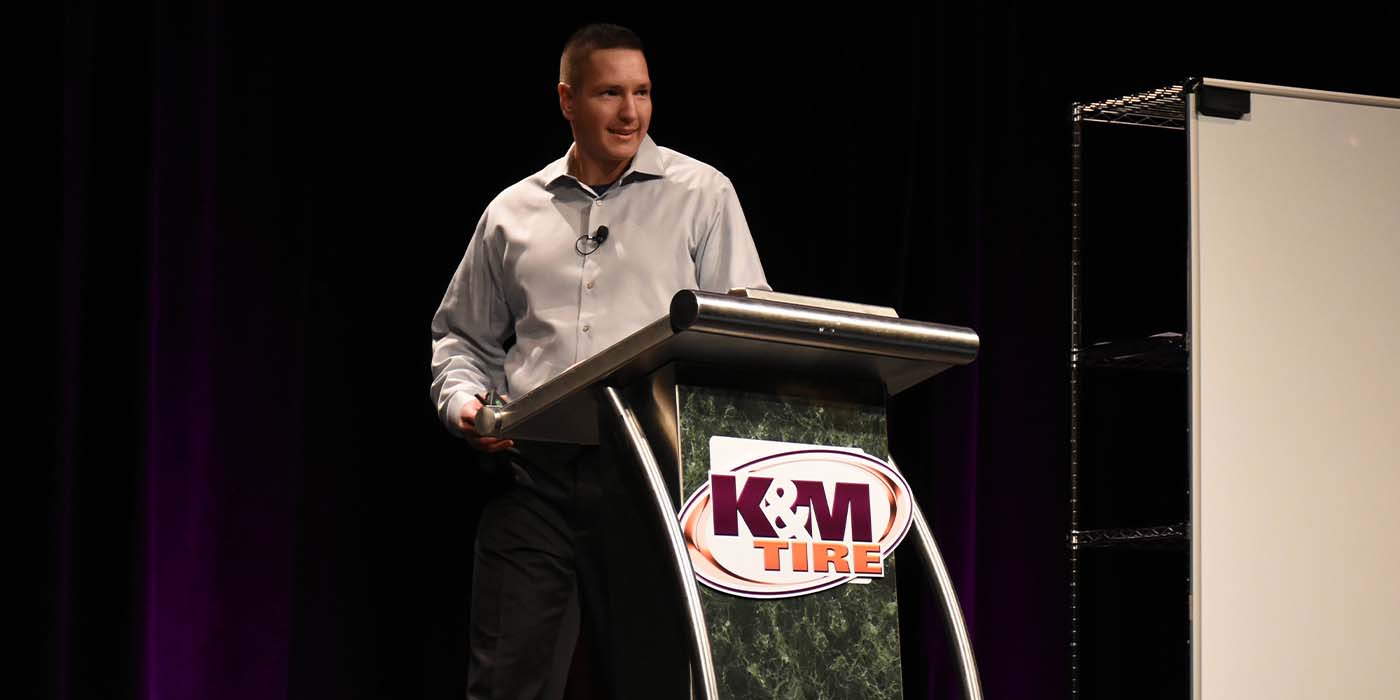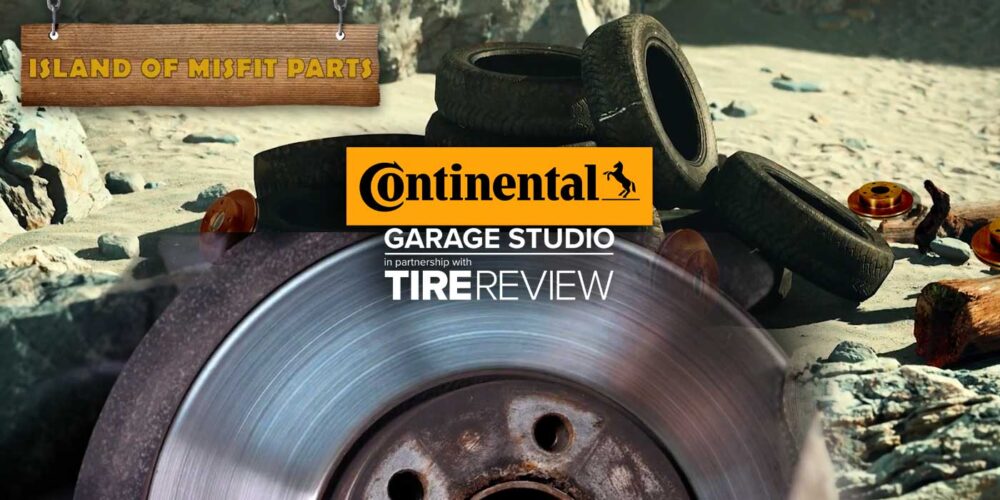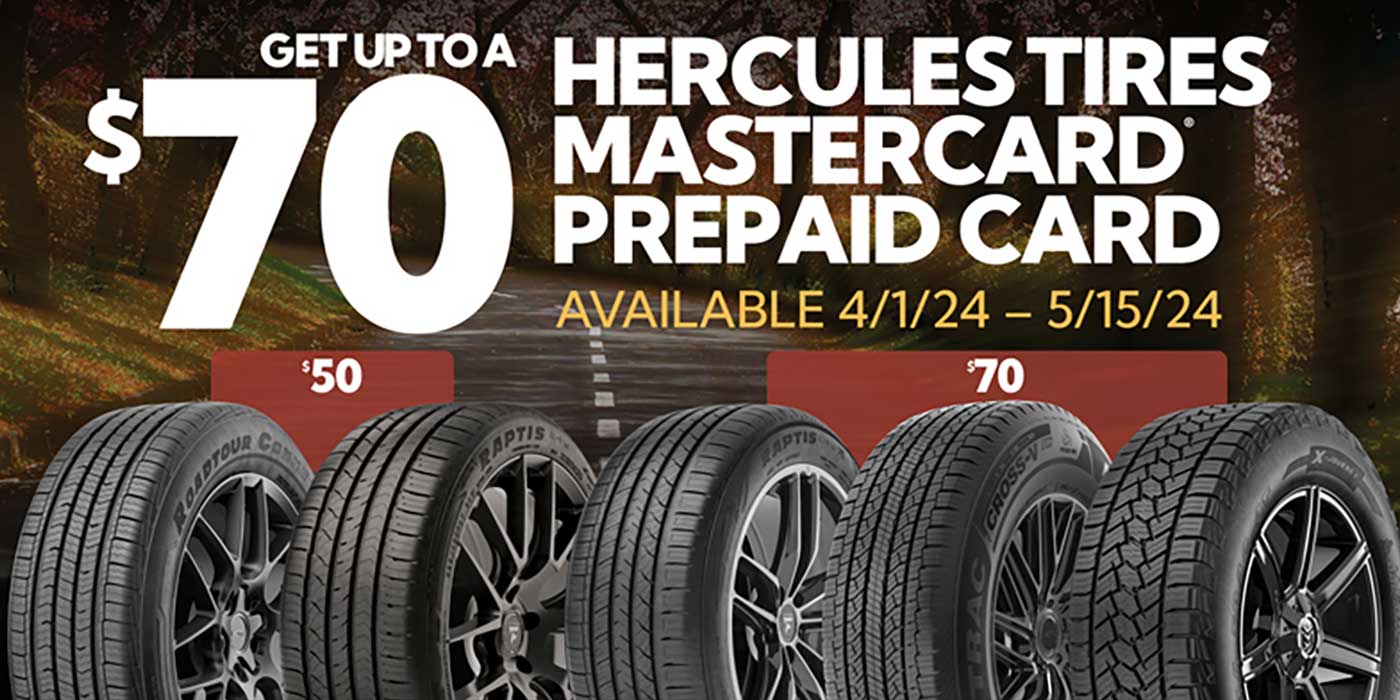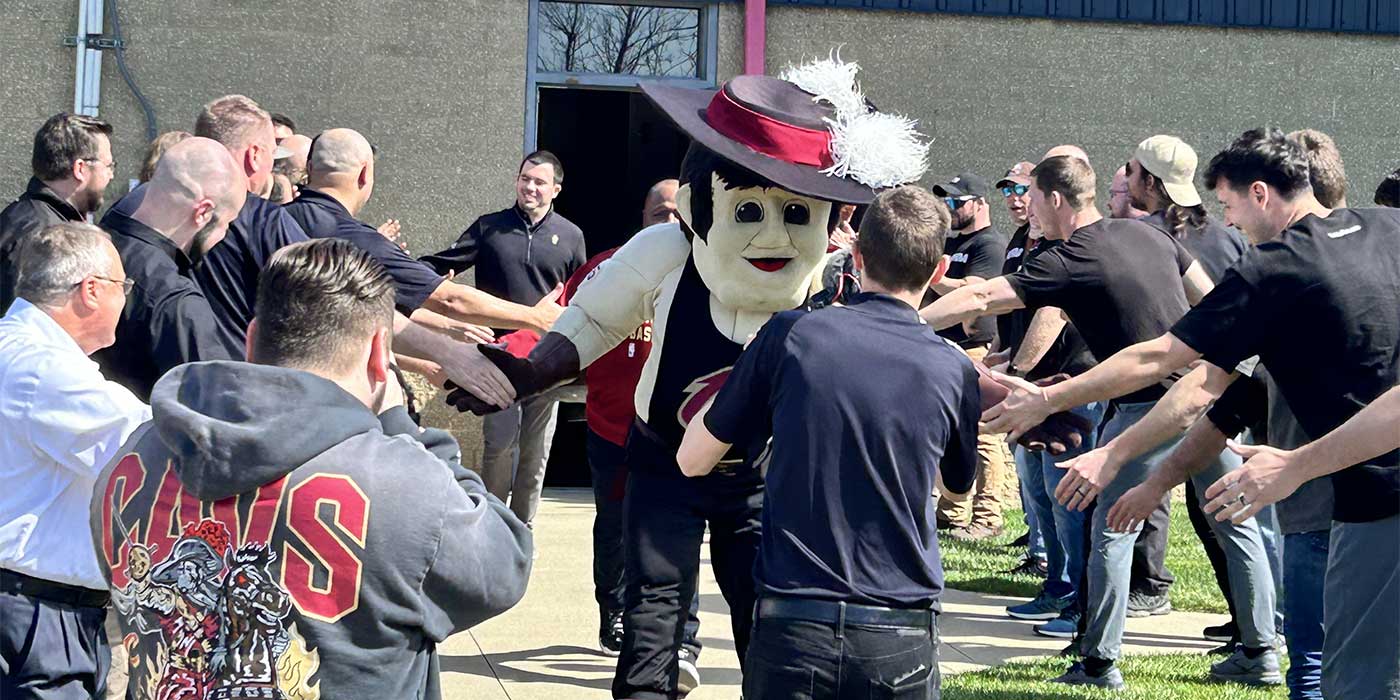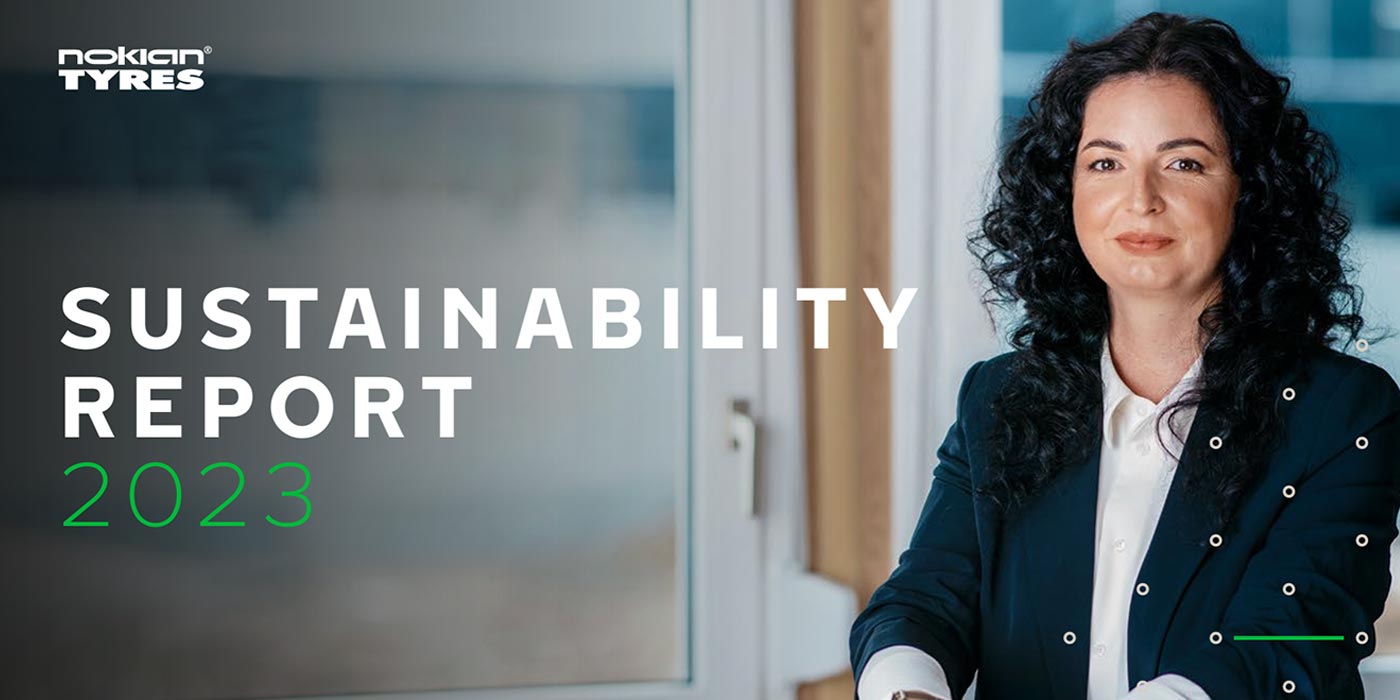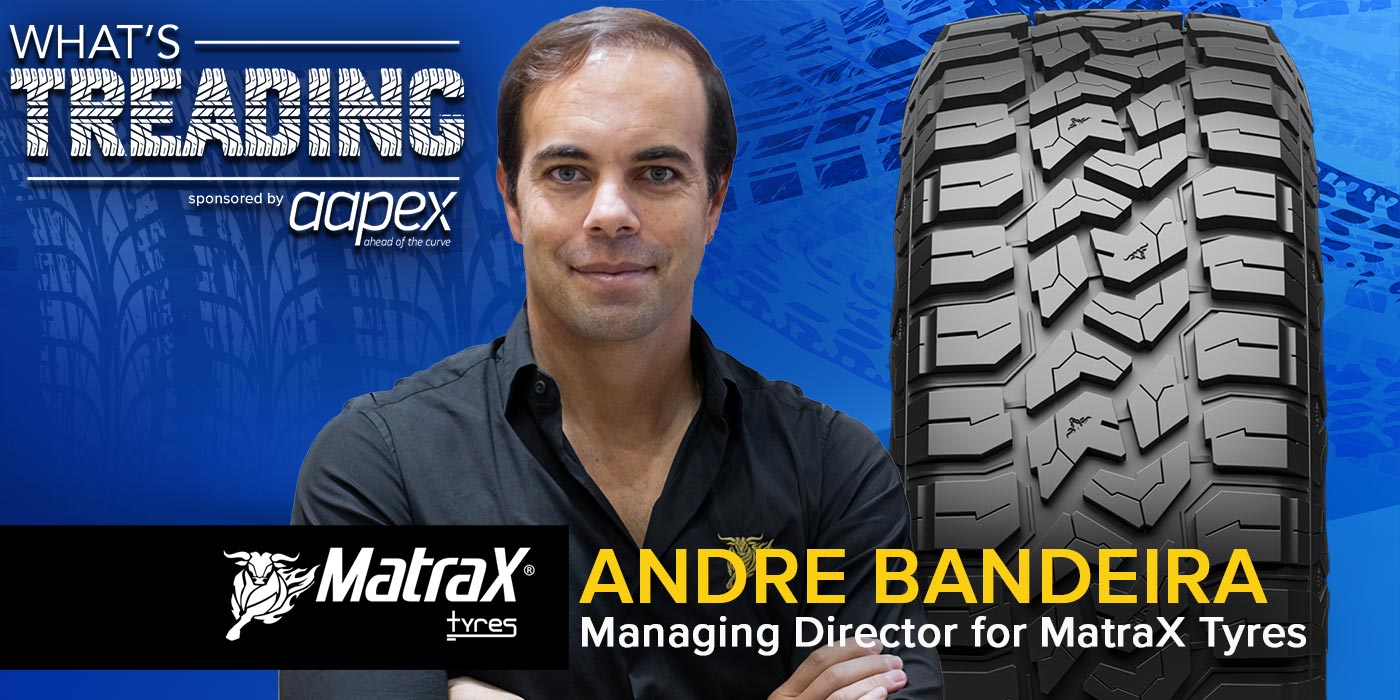Conti Gold Dealer Program’s Growth Offers Rewards for Members
Continental Tire North America’s Gold Dealer Program set sail on a 5-day dealer incentive reward cruise in mid-April aboard the Enchantment of the Seas.
The trip recognized the program’s overall growth and the company’s profits after announcing earlier this year that CTNA is back in the black. Conti team members, along with 247 Gold Dealer members and their invited guests, enjoyed a Caribbean cruise that made stops in Coco Cay, Bahamas and Key West, Fla.
Andreas Gerstenberger, executive vice president of sales and marketing, invited the Gold Retailer group to an onboard dealer meeting to review the past year and to learn about the aggressive plans to grow CTNA’s business in the coming year.
Continental and General brand dealers represented the Gold Retailer Program, which is made up of Gold Express members, those with sales of 300 units per year; Gold Standard members, with sales of 700 units per year; Gold Select members, with sales of 1200 units per year; and Gold Elite members, with sales of 1,800 units per year. In the eight years this program has been up and running, the group has grown upwards of 1,300 total members. CTNA’s sights are set to grow the program by at least another 200 members in 2008.
Gold Retailer Program members are eligible to receive cash back on all Continental and General Tire purchases, and as they move up the ladder within the program, they can also qualify for store support merchandising items and premier incentive trips.
Recently announced, The Real Performance Motivation (RPM) enhancement program offers dealers online tracking features that allow members to set up a user name and password and start claiming eligible sales, as well as tracks their points that can be claimed for gifts ranging from cameras to flat-screen TVs. Also included are tailored marketing programs, utilizing online training capabilities that will be coming later this year.
Jim Sicking, the newly-appointed director of the Independent Dealer Channel, offered his insight at the meeting: “The goal is to provide a range of services to our Gold Dealers, through your distributor, to help grow your business. Continental is adopting a ‘consultative’ approach as a way to differentiate our program.”
Dealers will recognize Continental’s new, “consultative” approach with a system called ENGAGE 360, an online training center planned to launch in July. The system will offer online product training for Conti and General tires, as well as sales skills training and coaching for dealers who have brought on new hires.
Maria Deligiannidou, Continental’s marketing intelligence manager, will be filling a pipeline of industry-related market information in order to assist dealers. She will regularly report to dealers, identifying major industry trends and offering vehicle market overviews on tire size popularity.
Ultimately, Deligiannidou will be demonstrating what dealers should be aware of in their markets as it pertains to their particular business, and providing recommendations for optimizing the best inventory mix of Conti and General products. The program will lead to dealers being able to make better-informed decisions about their business and how to maximize profitability.
Strength in Numbers
According to Gersten-berger, Conti’s Gold Program grew from a much smaller group of dealers three short years ago to today’s 1,300 dealers in the program for one main reason – Strategy.
“It started with a strategy. One key component of the marketing side of our strategy was focus on retail. Continental does not own any controlled distribution in the U.S., as we do in some European countries. So if we wanted to grow our customer base, which was heavily focused on wholesale distributors, we had to go into retail. How do you go into retail if you don’t own retail? You have to work with independent dealers who are out there, and offer certain benefits to them in order to entice them with your business model.
“That’s what we have done with the Gold Program,” he continued. “And that’s not unique in the industry; our competitors also have programs, but they are partly in a different situation because some of them own controlled distribution and retail outlets.
“Once we focused on retail, we thought about what was required for a successful retailer in the U.S. Number one, of course, is profitability. The dealer wants to be profitable, and suppliers want to work to help dealers become more profitable. But there are other components that make a retailer choose certain suppliers. The product portfolio is key – you have to have lines that are retail-friendly. That’s why we transformed to the so-called Power Line concept.
“Every line we have launched and will launch is a deep line with 80% market coverage as the target. That means that if you have that line as a retailer, you can cover various segments with one line, one name – like Altimax on the General side, the ContiProContact on the Continental side – and you don’t have to worry about needing three or four brands or lines to offer your customers a complete product screen. If you want to be in retail, then you have to have a retail-driven product portfolio.
“The next thing is you have to offer programs and promotions that give the retailer the opportunity to convince consumers to choose one tire over the other. That’s the reason we developed the Gold Program. It’s our answer to excite retailers to deal with us. We work together with the wholesaler and the retailer to pull us through the entire supply chain,” Gerstenberger said.
New Rollout
To Gerstenberger’s point, Tony Talbert, PTL product manager and Travis Roffler, PTL director of marketing, explained that through Conti’s efforts with this Power Line approach and marketing effort, the company is very close to reaching its target of 80% SKU coverage for both Conti and General brands.
Dealers attending the meeting were also notified of the company’s newest product rollout, General’s Grabber HTS, which is an all-season light truck tire for crossovers, SUVs, pick-ups and full-sized vans.
The tire, born from the grueling conditions of Baja desert competition, is designed to combine style, comfort, performance and durability in a tire that offers long tread life and year-round traction.
The HTS features ultra-high strength steel belts, cord-to-compound bond strength and broader contour that places more tire on the road. The HTS has grooves for enhanced steering response, stabilink bars and three types of sipes for wet, dry and winter conditions. In addition, the tire’s tread pockets offer a quiet ride. The HTS lowers rolling resistance by 15%, which is designed to produce lower emissions and improve fuel economy, Conti said.
Initially, the tire is available in 38 sizes in 15- through 20-inch rim diameters. An additional 28 more sizes are slated to be available by the third quarter. The HTS has an OE fitment with Ford’s Expedition and is awaiting approval for the 2009 GMC Acadia.
Continental’s new product, as well as the Gold Program, recevied positive feedback from dealers aboard the ship, including Eddy Hancewicz, owner of 10th Street Tires in Easton, Pa., who said, “Continental does a tremendous job with their Gold Program; the benefits are excellent when it comes to the dollars and cents a dealer gets back in cash rewards.
“As a dealer with a single location, I need a program that is easy to navigate. Recently, I signed up for the RPM reward program, which offers me additional incentives and allows me to track my progress – all I have to do is go online and claim my Continental/General tire sales. This program and the tires work for me. In fact, I put in for an order for the new Grabber HTS on the cruise ship and the feedback from my customers has already been outstanding.”
During the dealer event, TIRE REVIEW sat down with Gerstenberger and further discussed CTNA’s past, as well as its future plans. Here is the complete interview:
Since Continental bought out General in 1987, there have been numerous management changes. Now things seem to be clicking. What do you have in place now that you didn’t have before?
“If you want to have stability in a team, the first thing that’s important is figuring out, together with your team, what your strategy is in a given market. For a long time it wasn’t completely clear within the Continental group what the position of Continental Tire/General Tire should be in the U.S. market.
“What changed specifically in the last three to five years was that we (the passenger tire group along with manufacturing, logistics, and OE) in collaboration with our headquarters in Germany, determined what our strategy and position should be within the U.S. Some very tough decisions were formulated and executed in a strategic manner.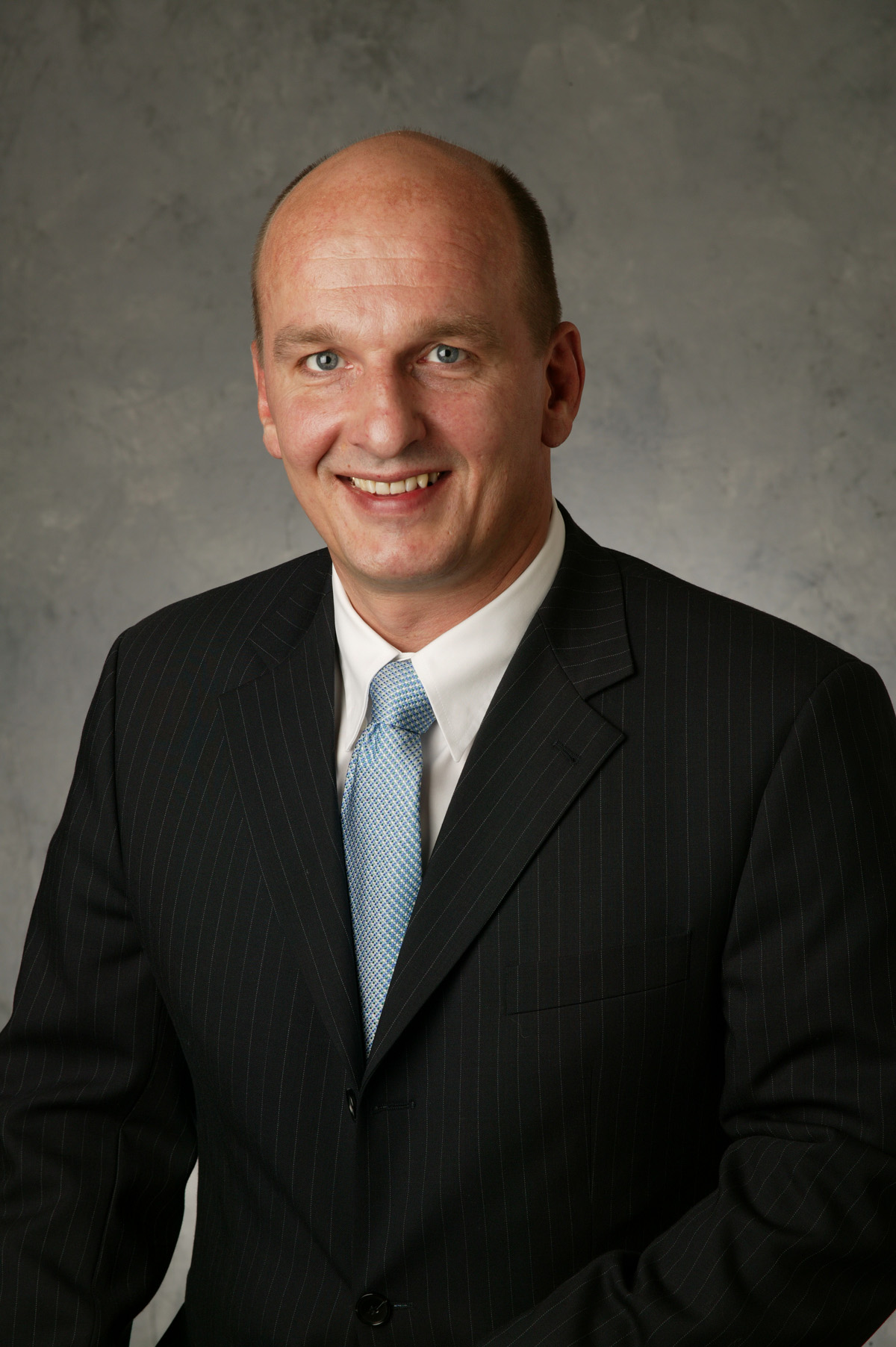
“No doubt that the restructuring initiative that we had in the last three to five years in the U.S led to certain instability. For example, on the manufacturing side, we had to discontinue production in Mayfield, Ky., and two years ago in Charlotte. Restructuring also took place on the sales and marketing side. If you look at the team that I’m responsible for in the U.S. and Canada today and you compare it to what it was five years ago, more than 90% of the people are new, either coming from outside of the company or in new positions from within the company. That means that we had tremendous change in all facets of our company, from manufacturing to product to people.
“Once our strategy had been formulated and implemented, we saw the first signs of consistency, stability, and confidence in what people were doing. That was new and different than what we had before. This was also true on the customer side. For many years our customers didn’t know what our target or our role was in the U.S. Today, after formulating internally and communicating externally, it is very clear what we want to accomplish in the U.S. Our strategic initiatives are clear and consistent year after year.
“This is also true at the top management level. We had a lot of change in top management, which had an influence on strategy, consistency and stability. That is now behind us. With Alan Hippe and also now Matthias Schoenberg and myself being in place for some time, we have formed a management team that gives stability and consistency internally to the employees and externally to the customers.
“The bottom line is that this stability and consistency is only possible if you have a clear strategy and you constantly reinforce it by communicating it internally and externally and you get people involved in its success.
2007 was the first time CTNA had made it into the black in a decade. Explain what took place to reach that goal.
“All facets of our company were involved – low-cost production, product portfolio, people & rocesses, research and development, logistics, IT, controlling , finance, HR. If someone asks me if there was one component that made us break even last year, my answer is no. Together with Alan Hippe And these teams, we defined work packages for each and every area in the company that supported the execution of our strategy. This was a comprehensive, 360-degree approach that touched everybody. Every team contributed; we developed it and executed it together and still do every day.
“One key part of the strategy was to work on our costs in the U.S. On the manufacturing side – cost and technical capability – we were not competitive. That’s the reason why we went through very hard negotiations with the union a few years ago.
“On the marketing side, three, four, five years ago, our product portfolio was not sufficient to cover the basic needs in the U.S. We had a very OE-driven product portfolio in the Continental and General brands. We also had, like many of our competitors, a very high percentage of private brands. We discontinued the private brand business, completed by last year. That was very tough, but it was necessary in terms of having a competitive and profitable product portfolio.
“Another key component was revitalizing our General and Continental brands from an OE-driven portfolio to a replacement-driven portfolio with 80% market coverage. All of those products were developed with our colleagues in Europe. We Americanized the German engineering to really address the U.S. market needs. When 2008 is over, we are going to be very close to 80% market coverage for Continental and General brands.
“When that’s done, then you have the base, the cake. Then you can add cream to the cake. The icing so to speak is that we will show two or three dedicated, Continental-brand, North America-specific lines at SEMA this year. That will take the Continental brand to the next level within the U.S. market, which is going to have a very strong line-up in OE and replacement. The Continental brand is a global brand and a flagship of our lines; it got us where we are. This brand will always be heavily OE-supported, however, we are extending our replacement SKUs and products, which is different than we did in the past.
“This success here in the U.S. wouldn’t have been possible without the support of a strong company in Europe. Support also means accepting that certain markets are different from the market as a whole. Not everything is the same between Europe and the U.S., and it took us some time to accept that on both sides of the Atlantic.”
Three years ago, CTNA started the Gold Program with a much smaller group of dealers than today. Now you have more than 1,000 dealers in the program. What allowed for so much growth in such a short period of time?
“Again, it started with a strategy. One key component of the marketing side of our strategy was a focus on retail. Continental does not own any controlled distribution in the U.S., as we do in some European countries. So if we wanted to grow our customer base, which was heavily focused on wholesale distributors, we had to go into retail. How do you go into retail if you don’t own retail? You have to work with independent dealers who are out there, and offer certain benefits to them in order to hook them with your business model.
“That’s what we have done with the Gold Program. And that’s not unique in the industry; our competitors also have programs, but they are partly in a different situation. Goodyear or Bridgestone, for example, own controlled distribution, retail outlets.
“Once we focused on retail, we thought about what was required for a successful retailer in the U.S. Number one, of course, is profitability. The dealer wants to be profitable, and suppliers want to work to help dealers become more profitable. But there are other components that make a retailer choose certain suppliers. The product portfolio is key – you have to have lines that are retail-friendly. That’s why we transformed to the so-called power line concept.
“Every line we have launched and will launch is a deep line with 80% market coverage as the target. That means that if you have that line as a retailer, you can cover various segments with one line, one name – like Altimax on the General side, the ContiProContact on the Continental side – and you don’t have to worry about needing three or four brands or lines to offer your customers a complete product screen. If you want to be in retail, you have to have a retail-driven product portfolio.
“The next thing is you have to offer programs and promotions that give the retailer the opportunity to convince consumers to choose one tire over the other. That’s the reason we developed the Gold Program. It’s our answer to excite retailers to deal with us. We work together with the wholesaler and the retailer to pull us through the entire supply chain.
“We started with a two-level program a few years ago, with rewards for dealers who reached sales of 600 and 1,200 units. But with feedback from U.S. customers, we realized that 600 was too high of a number to grow the program, for a smaller dealer to reach or even to try. The idea of the new 300 level is to get a dealer started because we feel that if you start with us you will automatically see the benefits of the program. And then you can reach, with the help of a distributor, the next level, which is now 700. When you’re at the 700 level, the Select and the Elite levels, which are at 1,200 and 1,800 units, are not that far away anymore. Our ultimate target is to have as many dealers as possible in the 1,800 and above level.
“With the launch of the new program, we added 300 new Gold dealers in the first few months, ending with 1,000 at the close of 2007. We grew 30% in three months. Our objective for 2008 is to have 1,500 Gold dealers by the end of the year, so we are already more than halfway there.”
The General brand was once given up for dead in the market, but over the last three years there has been a strong commitment to the brand with new products and promotion. Talk about how this came about and the success CTNA has had with General.
“It all starts with strategy. Part of our strategy was to grow our business here in the U.S. and to be more retail-focused. If you want to do that, you have to decide if you’re going to market as one brand, as two brands or with multiple brands. We knew we needed to cover different price points and segments. If you want to do that with one brand, you’re limited as far as growing to a certain point. There are competitors that are basically featuring one brand, but they also have a limited marketshare.
“We believe that with a dual-brand strategy, at this point in time we are doing fine. In our strategy, Continental is somewhere around 50% of our U.S. business at this point in time, General between 35% and 40%, and the associate brands – not private brands – are around 10% or less.
“In the U.S., our strategy was to clearly define Conti as our flagship, our premium line that’s strongly supported by OE. On the General side, we had to make the decision of whether to continue with it or not. When we did the market study and talked to customers about the growth plans we had, we came to the conclusion that we needed a strong second brand. General has a heritage in the U.S. It had an awareness out there, which after we analyzed it with focus consumer groups, led to us to the decision to grow the General brand.
“Three, four years ago, the General brand product portfolio was a very old one, and it had a lot of gaps in market coverage. So we needed to completely revitalize the General brand. We started with the passenger side and the Exclaim UHP tire, and on the light truck/SUV side we started with the Grabber UHP. Both were the first completely new lines in the General brand. Based on very positive feedback, we were encouraged to continue this path. Then came the powerline, the Altimax, which we launched two years ago. Also on the light truck/SUV side, last year we announced the Grabber HTS.
“The base of General brand is now completely revitalized. We have met that strategic objective. The Altimax, Altimax Arctic, Exclaim UHP, Grabber UHP, Grabber AT2 and the Grabber HTS are now completed and in the market and doing well.”
With the emphasis you’re placing on winter tires, do you see that as a growing trend in North America?
“Yes, absolutely. Megetrends in the automotive industry are impacting us and one of those is not a new trend, it’s just an accelerated one: the safety trend. This has to do not only with tires, but with brakes, rollover protection, TPMS, etc. On the tire side, clearly that includes handling and braking performance, among other features.
It has been physically proven that all-season and summer tires significantly lose grip around 45ËÅ¡F. That has to do with the compounds used and the tread design.
“We have been very successful with winter tires in Europe, and we are trying to do the same in the U.S. and Canada with the Altimax Arctic. The mindset that snow tires are the same as winter tires is still in the minds of consumers and requires a very long-term, focused education process, which we cannot do alone. We are trying to get some buy-in from the RMA, so this education process will become almost like a safety campaign that’s also supported by our competitors.
“We are working diligently with our distributors and retailers to take winter tire line offerings into their programs. Not every distributor in the relevant geographical areas is doing that. The winter tire market in the U.S. is smaller than that in Canada or Europe, but it has a growth rate that is predicted to be 5% or higher for the next five years. So it makes sense from a safety perspective and a market growth perspective to be aggressive in this segment.
Are fill rates going to significantly improve? Is it possible to hit a “required fill rate” so it’s no longer an issue for dealers, whatever that “required” percentage may be?
“Among all our lines, at this point in time, we have an average fill rate that is not sufficient. That is not new for us. Unfortunately, it has continued to be a challenge we have had to face for the last few years and are still facing. We certainly are not alone with fill rate concerns.
“But just because everybody else has those issues doesn’t mean it isn’t something we need to work on. We have a clear internal target for fill rates that we want to accomplish. First, we needed the product. To do that we needed to simplify the product lineup and streamline our process in the plants. In North America, we restructured our manufacturing by taking two plants out of the supply chain and investing heavily into the Mt. Vernon, Ill., plant, a planned total investment of $170 million. We are currently negotiating with labor representatives at our Mexico plant to gain more cost-efficient processes.
“That was the first phase. The next phase was our powerline concept, which made production easier, forecasting easier, and the selling process easier for the retailer, the distributor and, obviously, for us. Not all of that has been completely executed. We are still working on some things. I estimate that with all our efforts, it will take another two-plus years or so to be where we really want to be. That is not fast enough, and even though we have a lot of efforts and resources behind that, we will still face fill rate issues.
“I will not make the statement that everything will be blue skies and sunshine by tomorrow morning. But if we look at the average fill rate for North America-produced tires, our fill rates are currently 80%, 85% or higher. The fill rates for European-produced products are, unfortunately, not on that level.
“We have a global supply situation in the UHP and HP segment. As a corporation, we simply underestimated the growth of that segment. The growth rate for the UHP segment in this year alone in the U.S. is predicted to be almost 10%. We simply didn’t anticipate those growth rates. So that is a problem, but we are working on that and investing heavily in our UHP capacity.”
Some people have said that current fill rates were affected by your new relationship with Canadian Tire. How do you address that comment?
“Canadian Tire is launching the General Evertrack into the market nationwide. This is a sister line to the Altimax RT and HP, which we launched last year. The Evertrack is also produced in Brazil in the same plant as the Altimax. We had some issues a few weeks ago on the Altimax side and some people thought because we were launching with Canadian Tire that supply was being taken away from the U.S. That was not the case. What happened were some issues with raw materials and logistics. It was not a matter of Canadian or other customers being a higher priority than the U.S. And if there’s a problem within a plant, especially in Brazil where shipping takes 4-6 weeks, it takes some time to resolve.
“The fill rates in general between the U.S. and Canada are comparable. Canadian Tire is only focusing on those two lines, the Evertrack and Altimax lines. We are working to grow in Canada as well at the U.S., so there is no preferential treatment as far as fill rates go.”
CTNA is taking more of a consultative approach with its sales effort. Talk about that and what it means for dealers.
“Obviously you can only start those new strategies once you have established all the other components we have discussed. It doesn’t make sense to start consultative selling if you don’t have the product behind it, the plants aren’t up to speed or the marketing is not creative. Now we can go to the next level of selling our products, which are so much different than they were a few years ago. It’s logical now to go from a transactional sale into a consultative sale, which adds a 360-degree value for our customer.
“In the future, I see our salespeople being so well-educated and knowledgeable about the market of a given retailer that they are basically business partners, and not salespeople in the traditional sense. They are problem solvers, strategy consultants, pricing analysts, and marketing specialists who know more about the market than the retailer. That is obviously something that cannot happen overnight. You need the people and a process to educate them. We are in the process of figuring that out now. We think this will really differentiate us from the majority of our competitors. It takes cooperation from top management all the way down to make that transition. This is a huge effort, but I’m deeply convinced this is the right direction for us.
“We want to develop from within first. Some years ago, we were not able to do that. We are still not 100% there yet, but we are very close. We are developing a lot of very bright people who are going to be the future leaders of this company. At the end of the day, it can’t be that Continental – or any other company – is run by one person. It has to be run by a team of people in cooperation with one another and are local.”





